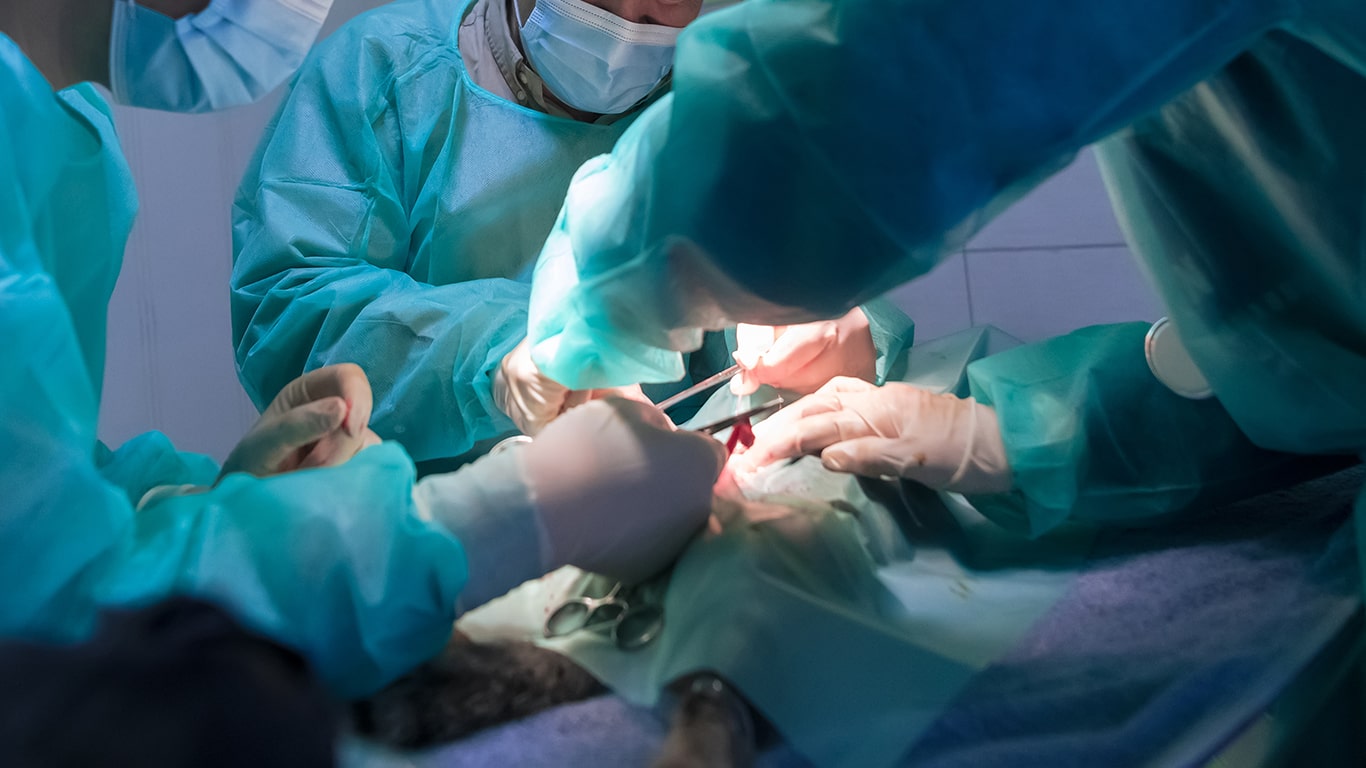Veterinary surgery has made remarkable strides in recent years, driven by advances in technology, innovative techniques, and a deeper understanding of animal physiology. These developments have significantly improved the outcomes and recovery times for animal patients, enhancing their quality of life and offering new hope for complex medical conditions. This article highlights some of the most groundbreaking advancements in veterinary surgery and their benefits for our animal companions.
Minimally Invasive Surgery
One of the most significant advancements in veterinary surgery is the adoption of minimally invasive techniques. Laparoscopy and arthroscopy, which involve small incisions and the use of specialized instruments, have revolutionized how surgeons approach abdominal and joint surgeries. These methods reduce trauma to the surrounding tissues, resulting in less pain, quicker recovery times, and a lower risk of infection. Pets undergoing minimally invasive surgery often return to normal activities much sooner than those who have undergone traditional open surgeries.
Laser Surgery
Laser surgery is another innovative technique that has gained popularity in veterinary medicine. Using a focused beam of light, laser surgery allows for precise cutting and coagulation of tissues, which minimizes bleeding and reduces postoperative swelling and discomfort. This technique is particularly beneficial for delicate procedures involving the eyes, ears, and oral cavity. For instance, laser surgery is commonly used to remove tumors, correct entropion (a condition where the eyelid rolls inward), and perform soft palate resections in brachycephalic breeds prone to breathing issues.
3D Printing and Custom Implants
The use of 3D printing technology has opened new horizons in veterinary surgery, particularly in the creation of custom implants and prosthetics. Surgeons can now design and produce patient-specific implants that perfectly match the anatomy of the animal. This is particularly valuable in orthopedic surgeries, where custom plates and screws can significantly improve the stability and healing of fractured bones. Additionally, 3D-printed prosthetics have provided a new lease on life for animals with limb amputations, allowing them to regain mobility and functionality.
Regenerative Medicine
Regenerative medicine, including stem cell therapy and platelet-rich plasma (PRP), is a cutting-edge field that is transforming veterinary surgery. These treatments promote the body’s natural healing processes, leading to faster recovery and improved tissue regeneration. Stem cell therapy is particularly promising for conditions such as osteoarthritis, tendon injuries, and spinal cord injuries. By harnessing the regenerative power of the animal’s own cells, veterinarians can offer less invasive and more effective treatment options for chronic and degenerative conditions.
Advanced Imaging Techniques
The integration of advanced imaging techniques, such as MRI and CT scans, into veterinary surgery has greatly enhanced diagnostic accuracy and surgical planning. These imaging modalities provide detailed, three-dimensional views of the animal’s internal structures, allowing for precise localization of abnormalities and more targeted surgical interventions. Improved imaging not only enhances the surgeon’s ability to plan complex procedures but also reduces the risks associated with exploratory surgeries.
Robotics and Computer-Assisted Surgery
Robotics and computer-assisted surgery represent the forefront of innovation in veterinary medicine. Robotic surgical systems offer unparalleled precision and control, enabling surgeons to perform highly intricate procedures with enhanced accuracy. Computer-assisted surgery, which includes the use of navigation systems and intraoperative imaging, further refines the surgical process, ensuring optimal outcomes. These technologies are particularly beneficial in neurosurgery and orthopedic procedures, where precision is critical to the success of the operation.
Conclusion
In conclusion, the advancements in veterinary surgery are profoundly transforming the field, offering new and improved treatment options for animal patients. Minimally invasive techniques, laser surgery, 3D printing, regenerative medicine, advanced imaging, and robotics are just a few of the innovations that are enhancing surgical outcomes and improving the quality of life for our beloved pets. As these technologies continue to evolve, the future of veterinary surgery holds even greater promise for the well-being of animals worldwide.

